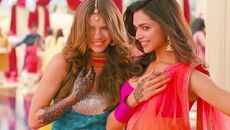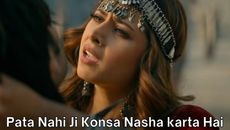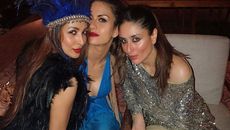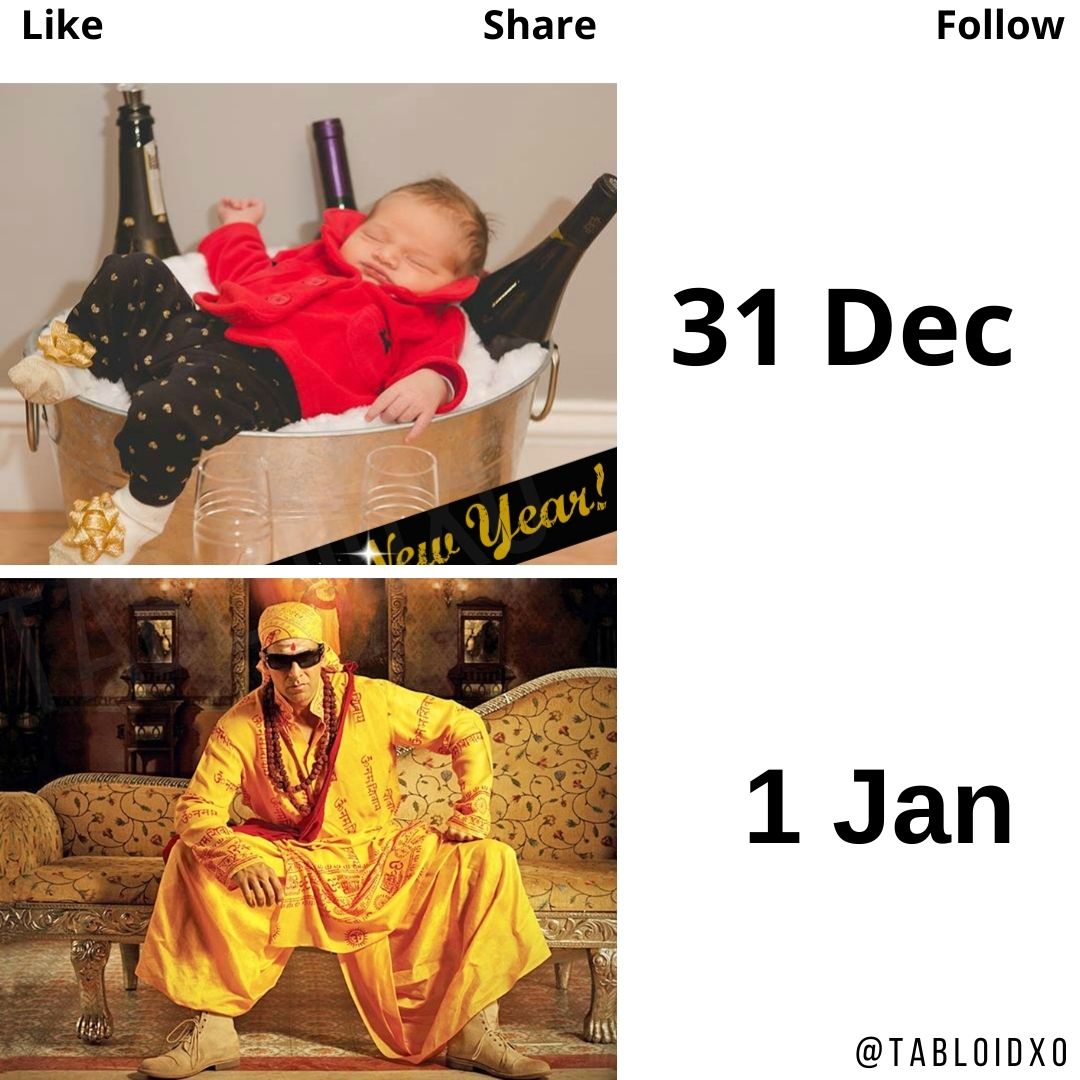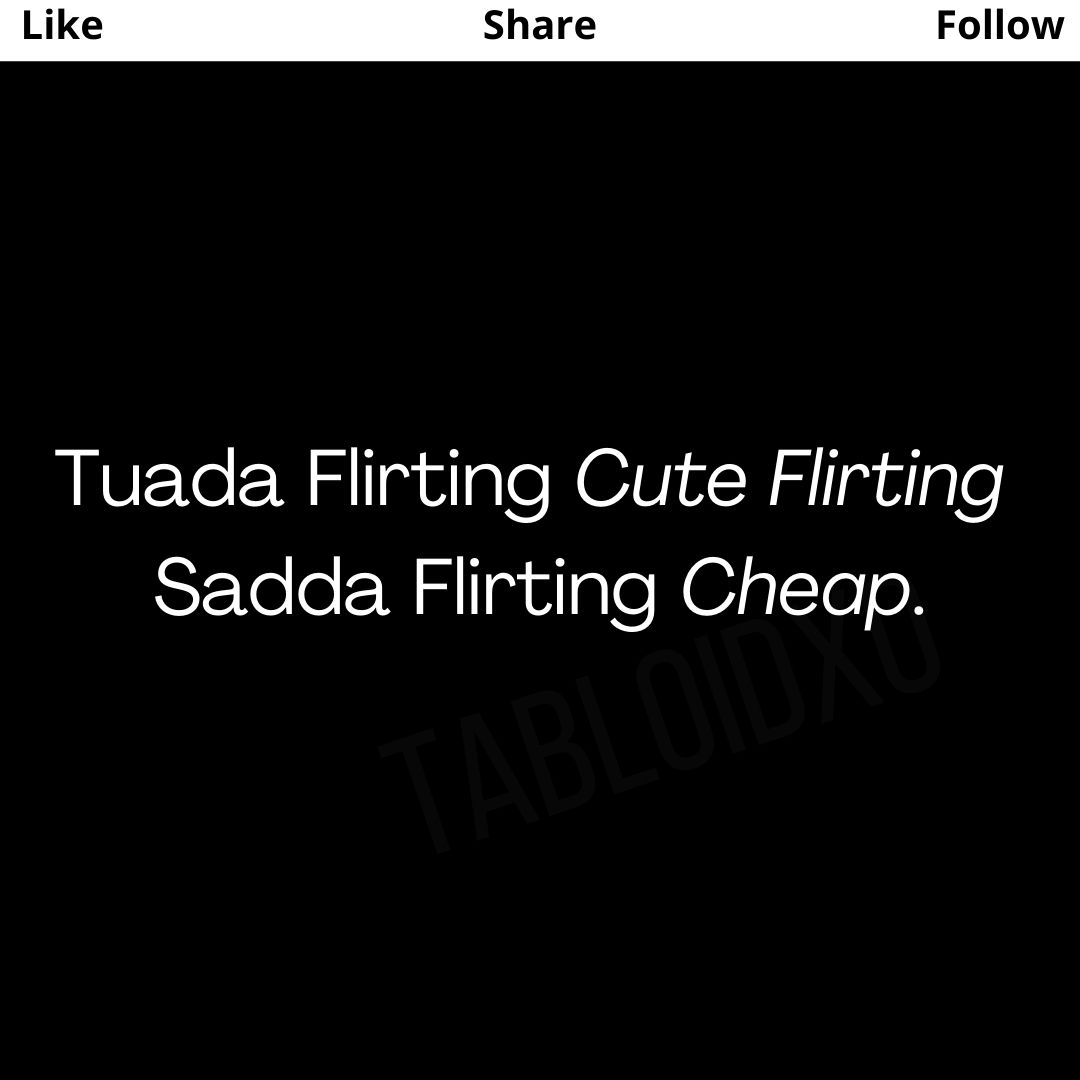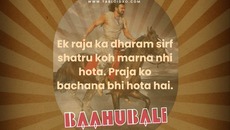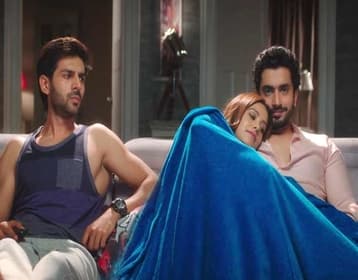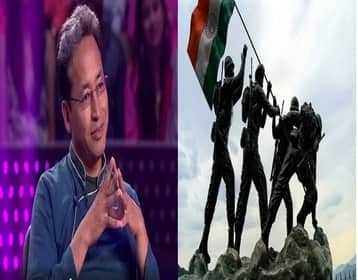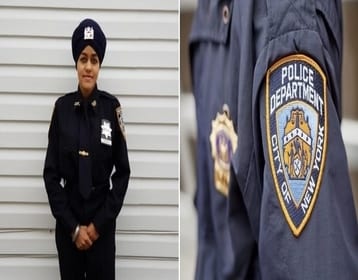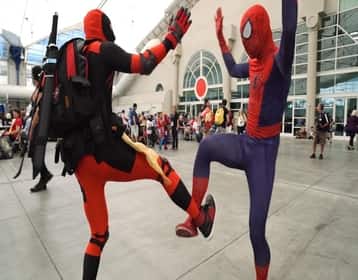Advertisement:
Can't keep calm because Navratri season is on.
Garba:
Origin of Garba Dance | Gujarati Garba | Navratri Garba:
Originated from Gujarat a state in India. This dance form derives its name from a Sanskrit term called 'Garbha' that means womb and 'Deep' means a small earthenware lamp. It also has many other names like Garbha, Garbha Deep and Garbi. This dance is performed in circles around a statue of Goddess Durga or a big lamp.

Garba is generally performed during a Hindu Festival called Navratri that is celebrated over a period of nine days. The lamp that people dance around hold a lot of significance in itself, the light is a representation of life and the fetus in a woman's womb. The dance is done in honour of the feminine form of God, God Durga. It is performed in circles as it is a symbol of how the Hindu's view time, the dancers dance in cycles as the Hinduism is cyclical. The circle is a representation of time from birth to life to death to again rebirth and during all of this the thing that stays constant is God.

Also Read: Gifts you can give to your boyfriend this christmas!!
Also Read: 20+ Blouse Back Design | Latest Blouse Designs Images.
Also Read: 10 Best Ideas To Impress Guest At Wedding.
Also Read: 8 Things We Can Copy From Indian Celebrity Weddings.
Advertisement:
The dance also has a traditional attire attached to it, the women wear the famous Chaniya Choli that is a traditional Gujarati outfit that consists of a Choli/Blouse, a Dupatta and a Chaniya/Flared Skirt and the men wear a Kediyu/Short Round Kurta with a Kafni Pajama and a Pagdi on their heads. These outfits are full of vibrant color and add a very vibrant vibe into the dance.
Garba consists of many segments that are called 'Raas-Garba'. The dance includes 'Taali Garba' which means 2 Clap Garba, 'Tran Taali Garba' meaning 3 Claps Garba, and there are 'Raas', 'Hinch' and many more forms. The two main forms are the 'Taali Garba' and the 'Tran Taali Garba'. This dance is mainly based on snaps and claps that the dancers do-while twirling in circles.
Garba songs | Navratri songs:
Garba along with being a beautiful dance form also has its own songs that people dance to. There are a lot of Garba songs that are played while doing the Garba but there are 5 songs that for sure play whenever Garba is performed.
- The first being 'Dholi Taro Dhol Baje' from the movie Hum Dil De Chuke Sanam, this romantic song is one song without which Garba night is incomplete, the song adds a lot of energy into the atmosphere.
- The second being 'Nagada Sang Dhol' from Goliyon Ki Rasleela Ramleela, this song comprises of fasts beats and is very groovy, this song makes you feel carefree while dancing to it.
- The third being 'Kamaria' from Mitro, this song sung by Darshan Raval is a song for the youngsters, it is full of groov and makes you feel like dancing instantly the moments it starts playing .
- The fourth is 'Chogada Tara' from Love Ratri, this modern Garba song is full of Gujarati words and is very peppy and full of energy.
- And the fifth song being, 'Udi Udi Jaye' from Raees, this song is a mellow one and makes for a very good dance song when it comes to dancing with a partner.
Also Read: 'New Year, New Me' Outfits You Can Try in 2024.
Also Read: What Will Be Your Relationship Status In 2025? Take This Quiz.
Also Read: 18+ Funny Marriage Quotes For The Newlyweds.
Advertisement:
Also Read: These 10 Falguni Pathak Songs Which Will Push You To Hit The Dance Floor Right Now.
Easy Garba Dance Steps | Navratri Steps:
This dance full of joy and energy is done in a circular pattern along with sweeping actions done side to side. The dance is done with counterclockwise in many circles that keep moving in opposite directions. Garba initially starts off slow and then catches up speed. The dancers during this dance keep clapping their hands to the beat of the music, it is a combination of the feet and the hand together. Garba is full of energy and always needs a large empty space to perform.
Also Read: 70+ Unique Wedding Hashtags We Made Only For Your Grand Wedding.
Advertisement:
Dandiya | Gujarati Dandiya | Garba Dandiya:
Dandiya also plays an important role when it comes to Garba, besides setting a festive mood, this dance form holds a very special significance. Done over the period of nine days Dandiya is believed to be a dramatization of the war between Mahishasur a might demon and Goddess Durga. The sticks used during Dandiya are supposed to be a representation of the sword used by Goddess Durga during the fight. This is why this dance form is also called 'The Sword Dance'.

Dandiya Raas:
Dandiya also includes of something called Dandiya Raas that is a folk-dance form the originated from Gujarat and is done during Navratri. This is performed in the region of Marwar. The word Raas used in this comes from a Sanskrit word 'Rasa' that stands for an aesthetic concept that is related to feelings and emotions.

Garba and Dandiya are two different things that are often taken as the same things. Dandiya is performed during Navratri but the major difference between both these dance forms is that Garba is the movement of the feet and the hands and Dandiya is played with sticks with a partner. Both these dance forms are of equal importance when it comes to the Navratri Festival, Garba is done while praying to the Goddess and Dandiya is played after all the rituals are completed.
These dance forms are full-on energy and power and don't just bring that into the environment, but they also bring colour and vibrance. These dances are something that you should be a part of if you still haven't ever been a part of them, they are fun to do and bring you a lot of joy.
Do try out these dances this Navratri and be ready to be amazed.
Banner Image: www.britannica.com/art/garba
Advertisement:
Trending Now.
...Play Quiz. →
Trending Memes. →
Latest Stories.
©To Clap2Ram Media (TabloidXO™)
Trending Now
Advertisement:







